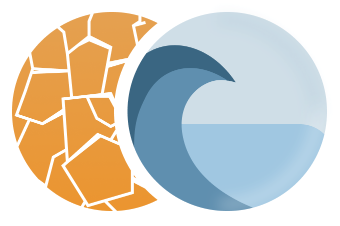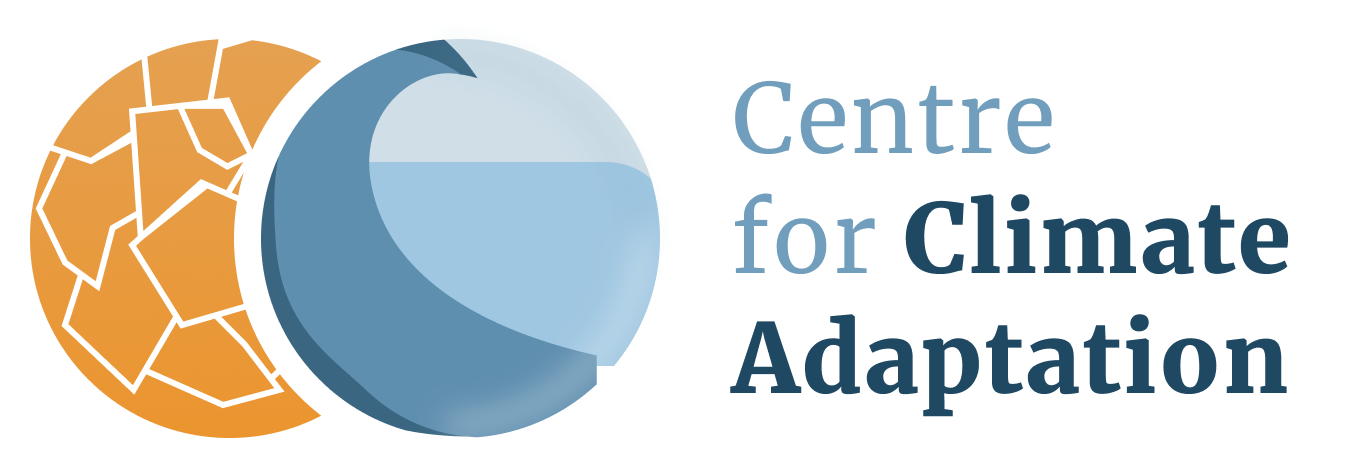Norway
Energy
Norway’s future energy balance
Norway relies almost 100 % on hydropower in its electricity production (1,5). Research results suggest that the inflow can be 10.3 % larger in 2040 with respect to 2001, due to climate changes (1). The increase in electricity production doesn’t equal the increase in inflow, however. The supply of electricity will be about 8.4 % (12.5 TWh) larger in the year 2040: the increased electricity supply results in lower prices and thereby reduced investments in new capacity over time.
Demand for electricity will increase despite the temperature increase following climate changes. An increase in electricity demand of 4.6 TWh or 3.2 % is explained by the reduced prices, induced by the increased water inflow, wind and other supply sources. The price effect on demand will more than offset the temperature effect (1).
Norway’s future hydropower production potential
Research results suggest that the inflow can be 10.3% larger in 2040 with respect to 2001, due to climate changes (1). The increase in electricity production doesn’t equal the increase in inflow, however. The supply of electricity will be about 8.4% (12.5 TWh) larger in the year 2040: the increased electricity supply results in lower prices and thereby reduced investments in new capacity over time (1).
The 8.4% electricity supply increase is larger than previous estimates of hydropower production for 30 years ahead since the 1990s: a 2–3% increase (2).
Most parts of Norway will have an increase of more than 5% in inflow from 2001 to 2040, due to climate change. In general, the western and northern regions in Norway will face the largest increase in inflow, up to an increase of 19.5% from 2001-2040 in some parts. The total increase in inflow in Sweden from 2001-2040, due to climate changes, is 6.1%. The increasing inflow is explained by the development of rain and snow. There will be more rain in all seasons in the next 40 years and a reduction in accumulated snow of 20% in the two winter seasons in 2040. The snow storage in the summer season is drastically reduced, due to increased temperature and earlier snow melting (1).
Inflow into the hydropower reservoirs of the Nordic countries is projected to be 6-14.5% larger in 2040. Finland will together with the west coast and north of Norway face the largest increase in inflow (1).
The projected increase in precipitation may potentially increase hydropower-based electricity production in the Nordic countries by about 10 % by 2050 (6). The Nordic region in total is expected to have an increase in supply of electricity of 1.8% (8.1 TWh) in 2040 due to climate change. This increase seems little at first, but hydropower only amounts to approximately 50% of total production in the Nordic region and increased hydropower production substitutes marginal production in Sweden and Finland. In addition, as the supply of electricity increases in the climate scenario, the price falls and this reduces new investments in production capacity over the time period (1).
Effects on biodiversity
Hydropower plays an important role in our transition to clean energy. However, the downside of this energy source is that the discharge dynamics and thus the biodiversity of rivers is damaged. In northern Europe, climate change can be beneficial for both electricity production and biodiversity.
A study for a river catchment in northern Sweden shows that – with current hydropower operational rules – electricity production will increase here because of increased magnitude and changed timing of runoff. At the same time, climate change increases the risk for losses in biodiversity and ecosystem functions in these regulated rivers due to the combined stress of hydropower production and climate change. The introduction of environmental flow measures offers the opportunity to mitigate negative effects on these ecosystems. Environmental flow is defined as ‘the quantity, quality, and temporal pattern of water flows required to sustain riverine ecosystems and the ecosystem services they provide’ (8). In practice this means that minimal runoff is discharged through a dam at the expense of electricity production. The environmental benefits are considerable compared with the relatively small loss in electricity production (7).
The study shows that climate change in this river system can be a win-win-situation for both electricity production and biodiversity. Mean annual runoff in this river system is projected to increase to such an extent that the production of renewable electricity can increase while introducing environmental flow conditions to rehabilitate ecosystems and mitigate climate change effects on biodiversity (7).
Norway’s future energy consumption
Increased temperature leads to a reduction in demand for electricity in Norway and Sweden from 2001-2040 of approximately 3%. Finland will have a total reduction in demand of 4% from 2001-2040. Denmark is expected to face a reduction in annual demand of 2.5%: the reduction will be approximately 1% less due to smaller temperature changes (1).
The temperature dependent demand for electricity is expected to decrease by roughly 3% in most of the Nordic region. However, demand for electricity will increase by 6.3 TWh (1.4%) in the climate change scenario. This is a result of more supply leading to reduced prices, and consequently an increase in demand that will more than offset the initial temperature effect (1).
Norway’s future wind energy potential
The coast of Norway is exposed to strong wind, and the development of this energy source is important when considering if and where to invest in wind power. There will be a little increase in the wind speed as the climate turns warmer and more humid in the period 2001-2040. The annual increase is 1.2% in 2040 (1).
Electricity export to other countries
The electricity trade between the Nordic countries will change somewhat from 2001 to 2040, but the major pattern will stay the same. The Nordic region will stay an overall net exporter of electricity and there are only minor differences in magnitude between 2001 and 2040. The trade between the Nordic region and the rest of northern Europe is mainly based on exchange between a hydropower dominated area and a thermal dominated area (1).
The west and north of Norway together with the north of Sweden are the most hydropower concentrated parts of the Nordic region. There are major exports from these regions to Denmark and Finland. The south of Norway and Sweden will occasionally import electricity from Denmark, but the total national trade balance is positive (1).
Denmark is importing from Sweden and Norway, and exporting to the rest of Europe. The total Danish trade balance is negative. Finland is exporting some electricity to the northern regions in Norway and Sweden, but as the import from Russia is large, the total trade balance is negative (1).
There is a continuous increase of export from Norway to the other Nordic countries as the supply is greater in Norway. There will be increased exports from the south of Norway to Denmark, as the Danish coal production is reduced further due to lower electricity prices in the climate scenario. It is more cost efficient for Denmark to import hydropower from Norway, as the coal production is the marginal production capacity in Denmark. Norway will increase export to Sweden and Finland due to climate changes. Even though Norway has abundant electricity supply, there is not enough capacity to export more than ca. 4.5 TWh per year directly to Europe via the existing transmission grid (1).
In Norway, climate changes will increase the supply of electricity relatively more than demand, and this results in more exports to neighbouring countries and the rest of Europe. Both Sweden and Finland will have reduced supply of electricity until 2030 relative to the base scenario, as endogenous investments in gas power plants are postponed due to cheap hydropower based imports from Norway (1).
After 2030, exports from Sweden to its Nordic neighbours and the rest of Europe increases again due to enlarged production of hydropower and gas power compared to the base scenario. Denmark will reduce its coal production and import more from the south of Norway and Sweden, but at the same time increase exports to Europe. As Sweden, Finland and Denmark will postpone new investments and periodically reduce production, the capacity of the reservoirs and electricity production in Norway will be challenged (1).
Climate change impacts on electricity markets in Western Europe
The expected climate changes in the 21st century are likely to have a small impact on electricity prices and production for the energy markets of Western Europe. This has been estimated by modelling three climatic effects (4):
- changes in demand for electricity due to changes in the need for heating and cooling,
- changes in supply of hydropower due to changes in precipitation and temperature, and
- changes in thermal power supply due to warmer cooling water and therefore lower plant efficiency.
According to the model results each of these three partial effects changes the average electricity producer price by less than 2%, while the net effect is an increase in the average producer price of only 1%. Similarly, the partial effects on total electricity production are small, and the net effect is a decrease of 4%.
The greatest effects of climate change are found for those Nordic countries with a large market share for reservoir hydro. In these countries total annual production increases by 8%, reflecting an expected increase in inflow of water. A substantial part of the increase in Nordic production is exported; climate change doubles net exports of electricity from the Nordic countries, while the optimal reservoir capacity is radically reduced (4).
Adaptation strategies
National context is important for adaptive capacity in that it provides essential instrumental framework conditions within which adaptations can happen. The Swedish framework leaves a larger room for adaptations than the Norwegian, in particular towards future climate change. The Swedish regulatory framework allows for investments in robustness, while the Norwegian system emphasises economic efficiency at the cost of considerations like security of deliverance, and also shows a larger gap in current vulnerability. The Swedish companies, accordingly, have spent more on adaptations than the Norwegian ones (3).
References
The references below are cited in full in a separate map 'References'. Please click here if you are looking for the full references for Norway.
- Gabrielsen (2005)
- Saelthun et al. (1998), in: Kirkinen et al. (2005)
- Inderberg and Løchen (2012)
- Golombek et al. (2012)
- Chernet et al. (2013), in: Halsnæs et al. (2016)
- Thorsteinsson and Björnsson (2012), in: Halsnæs et al. (2016)
- Widén et al. (2024)
- Arthington et al. (2018a, 2018b), in: Widén et al. (2024)




